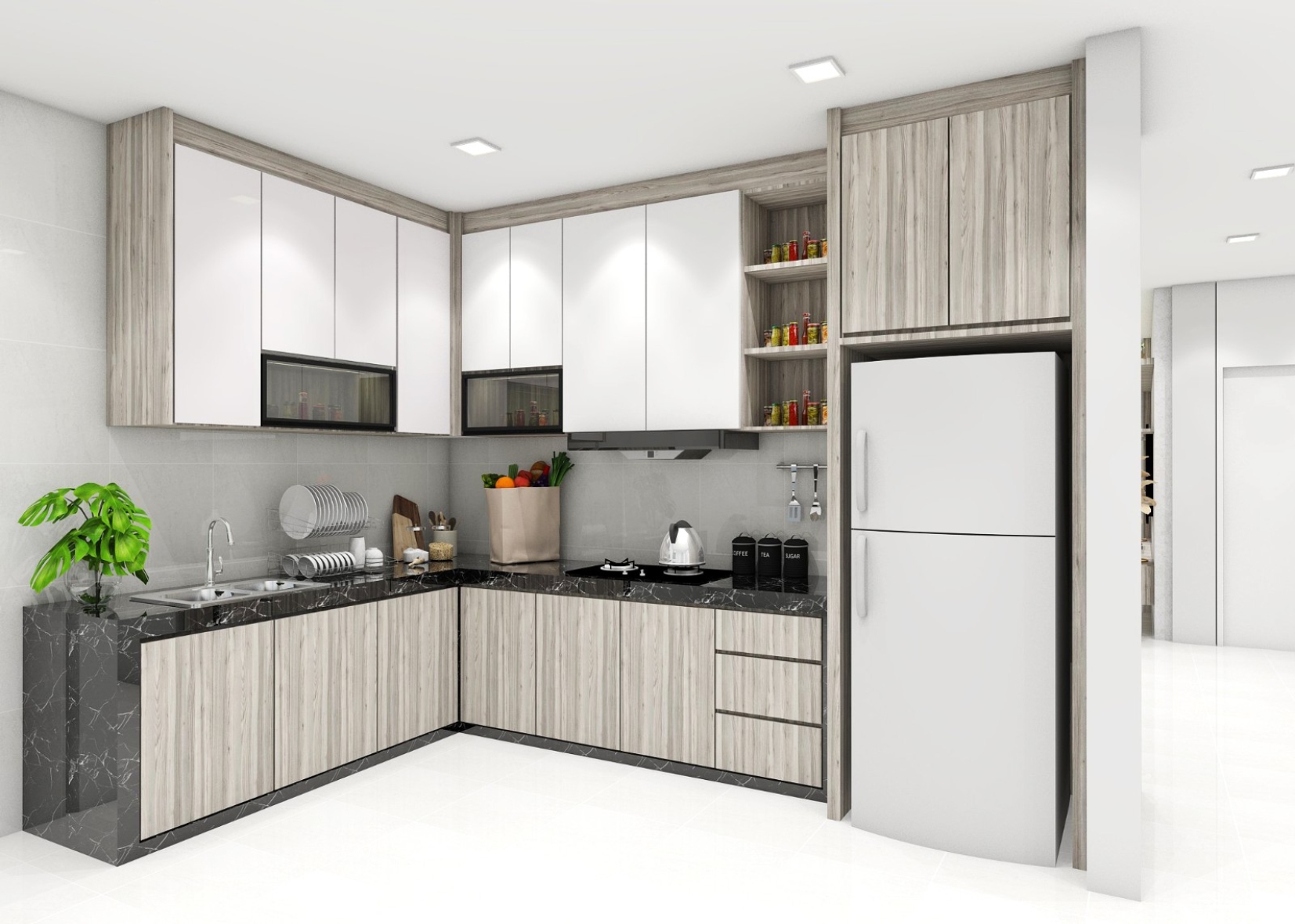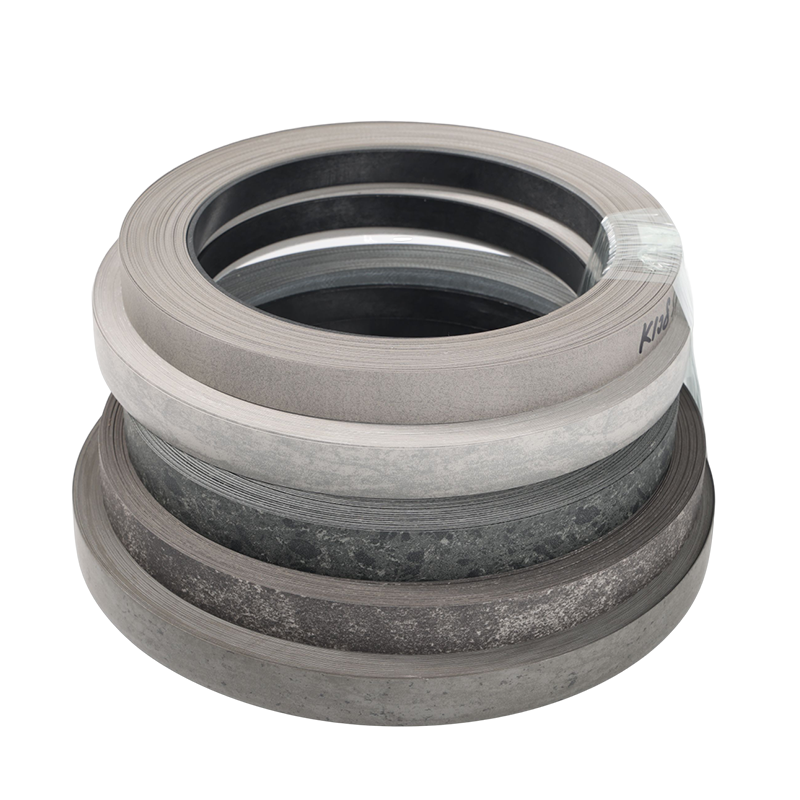PVC edge banding is a material commonly used in the furniture industry to cover and protect the edges of furniture pieces such as cabinets, shelves, and tables. It is made of polyvinyl chloride, a type of plastic that is highly durable and resistant to wear and tear.
One of the main advantages of PVC edge banding is its ability to provide a seamless and professional finish to furniture edges. It can be easily applied using a hot air gun or an edge banding machine, and it comes in a wide range of colors and patterns to match the design of the furniture piece. This makes it a popular choice for both manufacturers and consumers who want to achieve a polished look for their furniture.

In addition to its aesthetic benefits, PVC edge banding also offers functional advantages. It provides a protective barrier for the edges of furniture, preventing them from being damaged by moisture, impact, or abrasion. This helps to extend the lifespan of the furniture and maintain its appearance over time.
PVC edge banding is relatively low-cost compared to other edge banding materials such as wood or metal. This makes it a cost-effective option for manufacturers looking to keep their production costs down without compromising on quality.
Despite its popularity, PVC edge banding has faced some criticism due to its environmental impact. PVC is a type of plastic that is not biodegradable, and its production and disposal can have negative effects on the environment. However, advancements in recycling technologies have made it possible to recycle PVC edge banding, reducing its environmental footprint.
In recent news, there has been a growing focus on the sustainability of PVC edge banding and efforts to develop more eco-friendly alternatives. Manufacturers are exploring new materials and production processes to create edge banding that is both durable and environmentally friendly.

One such innovation is the development of bio-based edge banding materials made from renewable resources such as plant-based polymers. These materials are biodegradable and have a lower impact on the environment compared to traditional PVC edge banding.
In response to the demand for sustainable edge banding solutions, some furniture manufacturers have started to incorporate bio-based edge banding into their production processes. This shift towards more eco-friendly materials reflects a broader trend in the furniture industry towards sustainable and environmentally conscious practices.
In addition to environmental concerns, the furniture industry is also facing challenges related to supply chain disruptions and the global economic impact of the COVID-19 pandemic. The pandemic has led to shortages and price increases for raw materials, including PVC edge banding, as well as logistical challenges in sourcing and transporting materials.
As the industry navigates these challenges, there is a growing emphasis on finding innovative solutions to maintain the quality and affordability of furniture products. This includes exploring new materials, production methods, and supply chain partnerships to ensure the continued availability of edge banding and other essential components for furniture manufacturing.
Overall, PVC edge banding continues to be a key component in the furniture industry, valued for its versatility, durability, and aesthetic appeal. While there are ongoing discussions about its environmental impact, the development of sustainable alternatives and the industry's commitment to responsible practices are shaping the future of edge banding and the furniture industry as a whole.
Mark
JIANGSU RECOLOR PLASTIC PRODUCTS CO., LTD.
Liuzhuang Twon Industrial Park, Dafeng District, Yancheng, Jiangsu, China
Tel: +86 13761219048
Email: [email protected]
Post time: Feb-17-2024



















